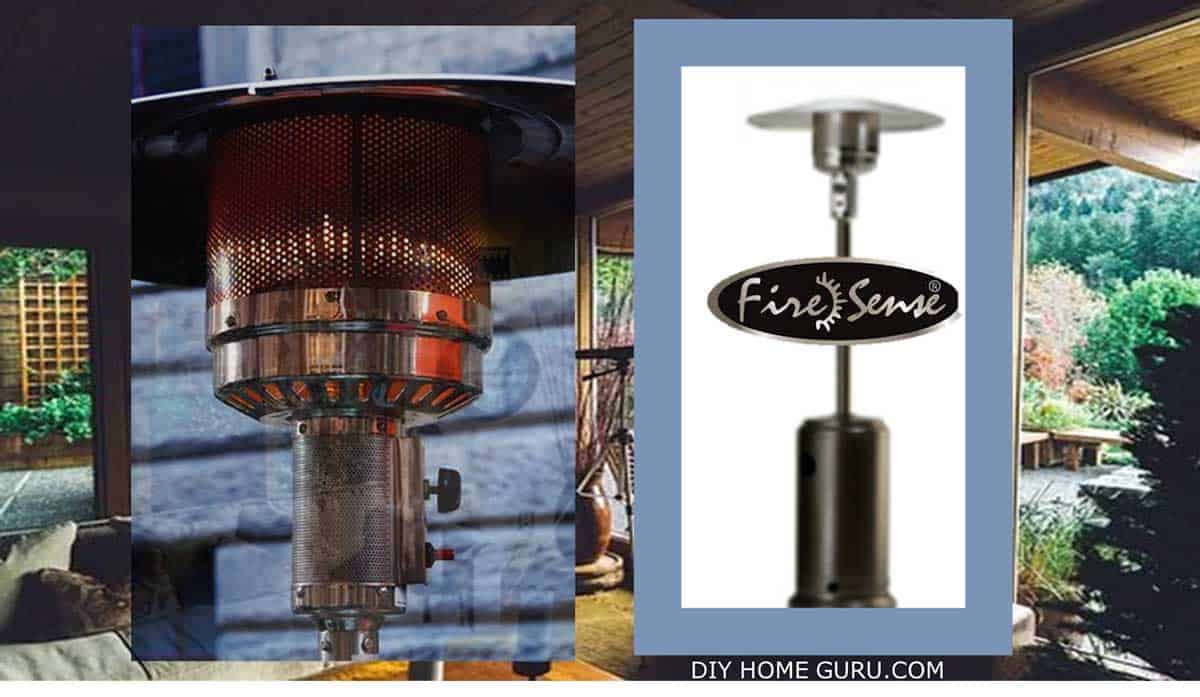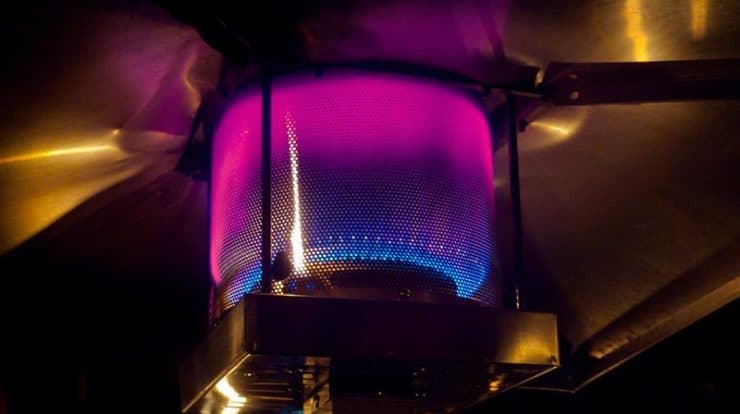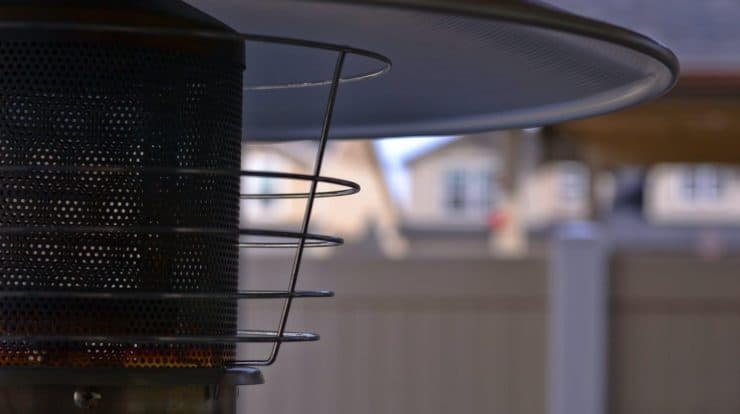There is absolutely nothing more comforting than the reassuring warmth of a good patio heater on a cold evening.
It may be early fall or winter, the evening temperature level drops to below comfortable and cold bumps form on your skin as you sit on the patio trying to enjoy a cold one with friends or family.
A thought came to mind, do patio heaters work in winter? If this is a concern of yours I’ll share with you the short answer to the question of do patio heaters work in the winter months?
Patio heaters that emit sufficient radiant heat have the ability to provide warmth throughout the cold months of winter even when there is a cold wind blowing or there is a light drizzle.
The heaters won’t protect you from the snow or rain, however, a covered patio or a patio umbrella can help while the patio heaters keep you warm.
Some Patio Heaters Works Better Than Others
Who wouldn’t want to extend this great feeling in the winter months. It is always great when we have the ability to enjoy the lovely outdoors on some of the colder months of the year.
If you are thinking of making an investment in a patio heater then you should know that gas and electric patio heaters are the two most common types of outdoor patio heaters that can keep you warm in winter.
I’ll share with you the best type of patio heaters for the winter months. Let’s get to it.
Which Type of Patio Heaters Work Best In Winter?
Gas or propane heaters work by burning liquid fuel to generate heat to keep you warm. Gas heaters produce convection, conduction and thermal heat (infrared heat). Convection heat works off the principle of warming the air around the patio heater.
The only problem here is that hot air rises, therefore, much of it dissipates in the air before it gets close to you. It is for this reason why you cook food by putting it above the fire. Conduction heat comes from warming up a surface. It works well when you are in an insulated space.
The heat that is more useful to keep you warm outdoors while the weather is cold is thermal or infrared radiant heat. Radiant heaters transfer energy through an infrared wave to an object, minimal heat is lost in the air between you and the radiant heat source.
Radiant heat is like that of the sun that keeps you warm even when the air is cold and the breeze is blowing. Radiant heat travels in a straight line and warms any object it makes contact with without warming the air around.
Gas patio heaters Vs Electric patio heaters. Which is best in Winter?
Gas Electric heater in Winter
Gas patio heaters produce some radiant heat, but a lot of heat is wasted in the convection process warming up that air around as it rises. Warm air is not very useful as the warmth normally dissipates before it gets to you.
Gas-powered heaters, on the market, are generally very simple to set up and are more portable. You can put them in any suitable location as long as they are not close to any combustible material.
While electric outdoor heaters that use infrared technology tend to be more useful because of the infrared technology that it uses to keep you warm.
Electric Patio Heaters in Winter
Electric heaters are popular because of improvements in heating technology. They, the modern electric heaters, radiate a lot of heat without the unattractive glare that used to plague them.
Electric patio heaters are suitable for outdoor use and are more efficient than most gas powered heaters. Electric heaters transmit heat more effectively at shorter wavelengths which transfer heat .
By relying more on infrared heat, less energy being wasted heating the air giving them a greater range and effectiveness outdoors.
By emitting radiant heat, patio heaters have the power to provide warmth throughout the winter even when the air is cold and the wind is blowing.
Conclusion
Finding the best patio heater can be a bit challenging but depending on the circumstances certain patio heaters can be better than others. If outside is cold and windy then an infrared heater may be best.
However, if you like to create a beautiful ambiance then a gas powered heater may be preferred.




